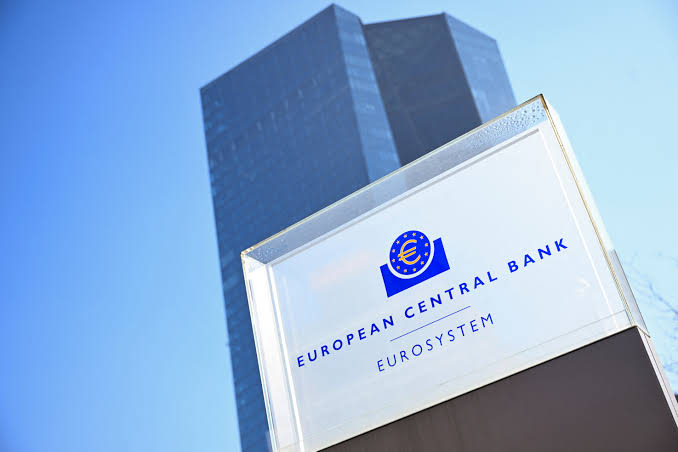Amid ongoing tariff uncertainty, the Eurozone’s credit growth continued its recovery in April, according to a report by UBS on Monday.
The report examined the newly released monetary and credit data for April, revealing that private sector credit growth is on the rise compared to the same period last year, up 0.1 percentage points to 2.7% year-on-year.
This includes loans to households and non-financial corporations (NFCs), which both increased by 0.2 percentage points to 1.9% and 2.6% year-on-year, respectively.
The growth rate of M3, a measure of money supply, also saw an increase of 0.2 percentage points to 3.9% year-on-year. Meanwhile, growth in total credit by Monetary and Financial Institutions (MFI) was up by 0.1 percentage points to 1.8% year-on-year in April.
Public sector credit remained unchanged at 0.5% year-on-year, while overall private sector lending, adjusted for loan sales and securitization, also saw a 0.1 percentage point increase to 2.7% year-on-year.
In terms of household sector lending, mortgages saw a 0.2 percentage point increase to 1.9% year-on-year, while consumer loans were up 0.1 percentage points to 4.3% year-on-year.
Sequential momentum in credit growth remained steady across the board, with the three-month moving average of month-on-month private credit growth, NFC credit and household credit all at 0.2%.
UBS also highlighted that Eurozone bank lending rates for new corporate loans fell by 19 basis points month-on-month to 3.93%, down 135 basis points from the peak in October 2023, but still up 257 basis points from the low in December 2021.
The highest corporate lending rates were found in Ireland and the Baltic nations, while the lowest were in Luxembourg and the Netherlands.
The loan-to-deposit ratio in the Eurozone rose by 0.1 percentage points to 93.3% in April, still well below the 104.5% mark seen in early 2020. Private sector deposit growth remained unchanged at 3.2% year-on-year in April.
UBS noted that private sector credit growth was particularly strong in Greece and Estonia, and weak in Finland and Luxembourg, as well as Austria, Germany, and Italy.
The growth rate of M3, a measure of money supply, increased by 0.2 percentage points to 3.9% year-on-year in April. The growth in M1, which includes the most liquid components of M3, such as currency in circulation and overnight deposits, was up by 0.8 percentage points to 4.7% year-on-year.













